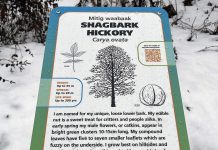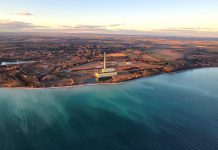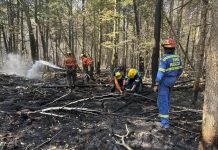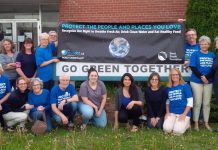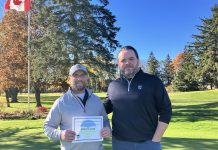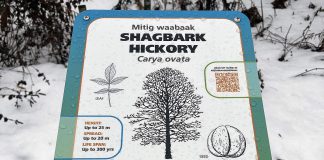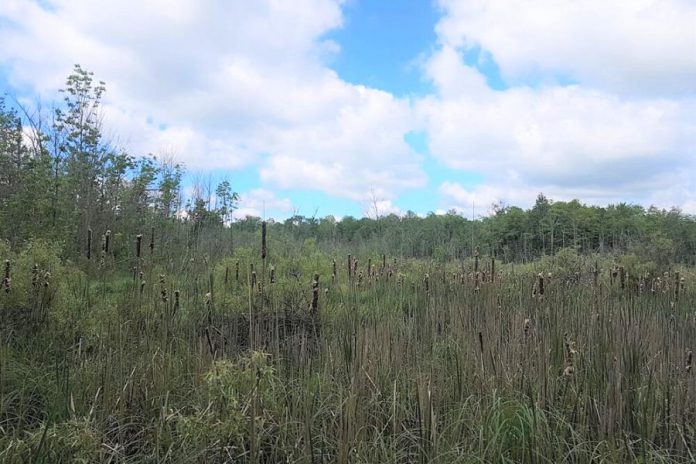
Kawartha Land Trust, the only non-government charitable organization committed to protecting land in the Kawarthas, recently announced its newest protected property: the Jones Wetland, donated by Ross Jones.
Located southwest of Fenelon Falls in the municipality of Kawartha Lakes, the 50-acre property is located directly adjacent to the Fell Wetland — a 50-acre property donated to Kawartha Land Trust by Allan Fell and his family in 2019 and protected by the organization in 2020.
Now that both properties are protected, this doubles the amount of conserved land in a provincially significant wetland that provides critical habitat for numerous species. Kawartha Land Trust will protect and care for the land in perpetuity, ensuring no future government can change the zoning on the land for another purpose.
The Jones Wetland has been in the Jones family for three generations. John Jones, Ross’s grandfather, originally bought the land in 1946. Called the ‘Woodlot’ by the Jones family, the property has since been passed down to Ross Jones from his parents.
In recent years, both Ross Jones and his sister Marilyn Falls wanted to pass the property on but did not want someone to purchase it and destroy the natural elements of the land. They chose to donate the property to Kawartha Land Trust to protect it from loss or development.
While the Jones family did some cutting on the property in 1950, the property has remained untouched since. Left it to grow freely over the years, the property has significant natural features and habitats including mixed swamp, cattail and willow marsh, and an upland forest dominated by white ash, sugar maple, and basswood trees.
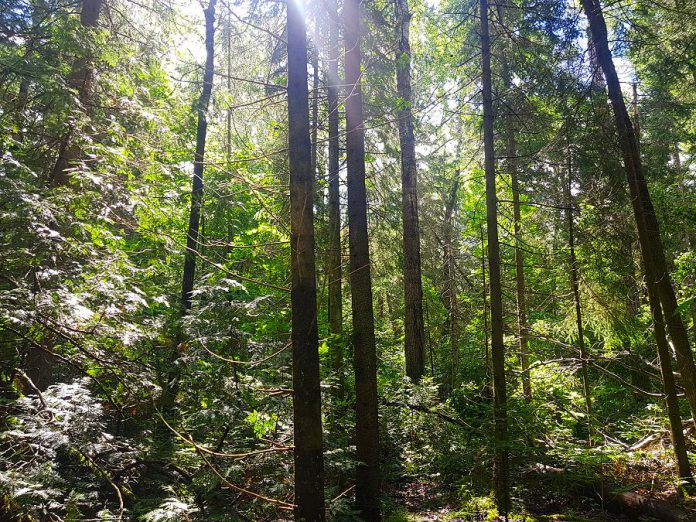
“It’s amazing how the trees have been able to take over the land and have been free to grow,” Ross Jones says, who recalls that, after some of the initial cutting by his grandfather, raspberries grew on the property every summer and their family “lived off of the raspberries.”
With the property now protected by Kawartha Land Trust, nature and wildlife — including many species at risk — will be free to thrive.
Recent research has found that just under three per cent of the world’s land remains ecologically intact, with undisturbed habitat and minimal loss of its original animal species.
Previous research had estimated 20 to 40 per cent of the world’s land had been unaffected by human activity, but the new research finds only boreal and tundra biomes in east Siberia and northern Canada, parts of the Amazon and Congo basin tropical forests, and the Sahara Desert are intact.
Kawartha Land Trust protects 22 properties in the Kawarthas comprising more than 4,500 acres of important and diverse types of land, and assists in the management of one additional property.
One of Kawartha Land Trust’s goals when protecting a property is to ensure public access, but only when it is compatible with the long-term protection goals of the property and its features and when it corresponds with the wishes of the land donor. Due to its environmentally sensitive nature, the Jones Wetland property is not open for public access.
The property was secured with the additional support of the Government of Ontario and the Ontario Land Trust Alliance, through the Greenlands Conservation Partnership, which helps conserve ecologically important natural areas and protect wetlands, grasslands, and forests that help mitigate the effects of climate change.
For more information about Kawartha Land Trust and to make a donation, visit kawarthalandtrust.org.


